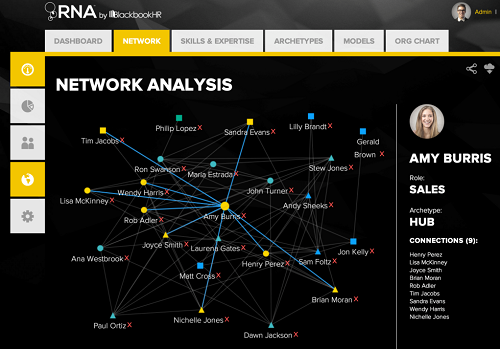I had a couple of communications recently that lit a fire under my ass over the concept of ‘meaningful work’. You see, there is this widely held belief by a great number of HR pros that to have true employee engagement your employees must feel like they have meaningful work.
I don’t necessarily disagree with that thought process.
The problem is, well meaning, HR pros have taken this concept and started to cram social platforms down the throats of their employees misinterpreting ‘meaningful work’ as meaning as an employer we must have support social causes so our employees see we are giving back.
The best example I can think of is everyone’s darling employer Tom’s. With complete transparency there is probably ten pairs of Tom’s shoes in my house, none of which are mine. Each pair of Tom’s costs around $45. The material and labor to make a pair of Tom’s probably runs around $5. Let’s be honest, these shoes are crap. It’s a piece of canvas, rubber and some thread.
“But, Tim!, they give one of these crappy pairs of shoes to a poor kid!” Great, they just cut into their margin by $5, oh how will they survive on only a gross of $35 per pair?!
So, I’m to believe that because they give a shoe for every shoe they sell, people find this as meaningful work?
What about those companies that put big money and volunteerism towards things like Habitat for Humanity? Great cause, right? I worked for a company that did this. It was nice. But I grew up volunteering for Special Olympics and supporting this organization. The company I was working for wouldn’t support my cause, because they already did so much for Habitat.
What about my ‘meaningful work’?
Meaningful work isn’t about supporting causes. Meaningful work is do your people feel that what they do on a daily basis is important to the success of your organization. This doesn’t necessarily have anything to do with supporting causes. It definitely does for some organizations, but not most.
Employees need to know that when they show up in the morning the effort they give helps the organization reach its goals. Not that the organization they work supports one cause or another.
The failure in believing meaningful work is tied to causes is that everyone has their own personal causes they want to support. If you believe helping the homeless is your organization’s cause, that’s wonderful! But, now you have to go out and look for talent that also believes this is their cause as well, to make work meaningful for everyone in your organization.
In HR we try and make this concept of meaningful work too difficult. We need to help our leaders be better communicators to their staffs on how what each one does individually has impact to the greater good of our organizations. How they, individually and collectively, make an impact to their function and to the business.
Meaningful work isn’t saving puppies. Meaningful work is using your talents to help your organization be successful.

